13th Century
The Parisian second-hand community
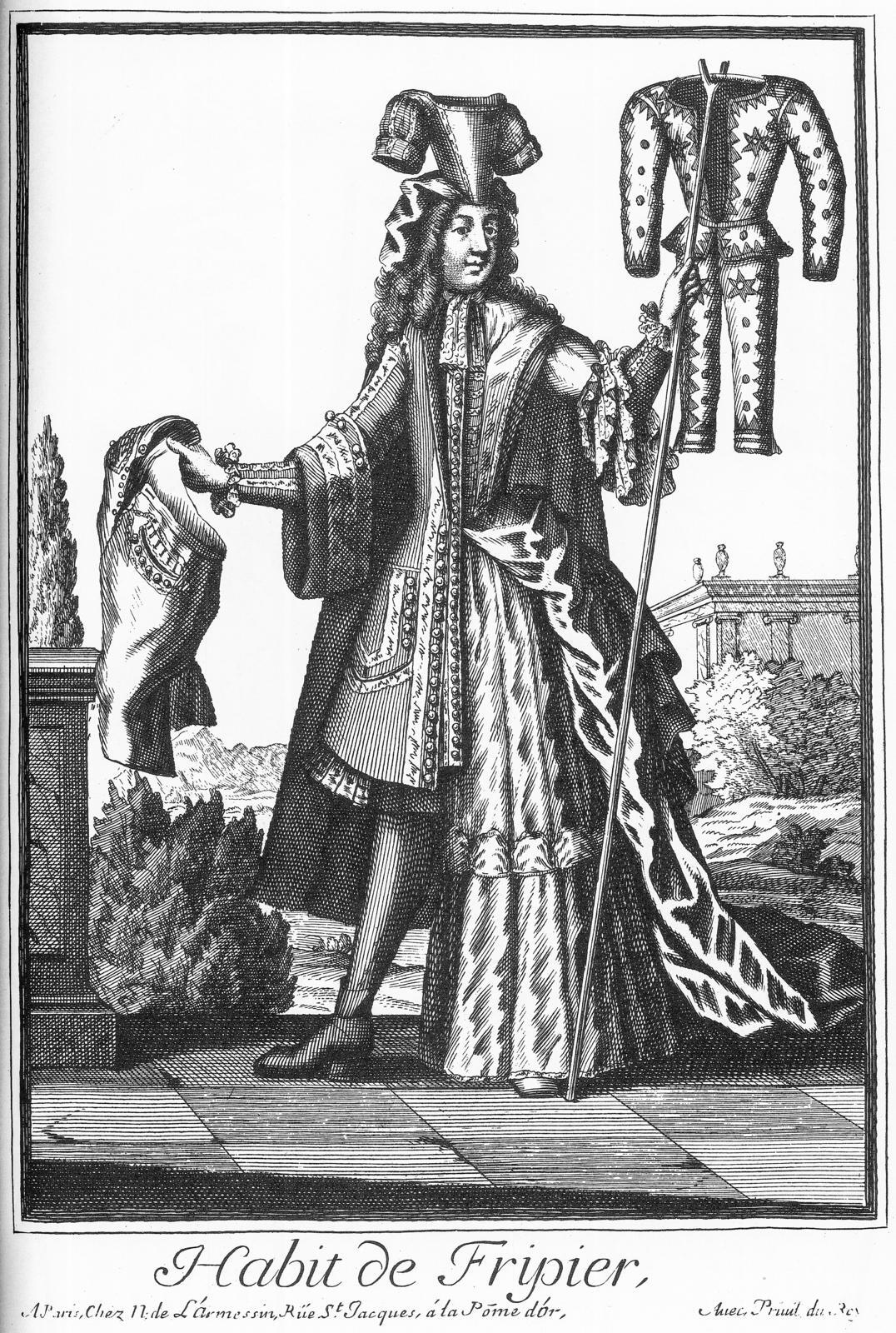
Thrift stores sold used fabrics and clothing.
The first traces of second-hand shops date back to the Middle Ages. We then find documents that prove its origin Thrift store community: Sellers and buyers of used clothing or fabrics.
There are two types of second-hand dealers: those who have a store and itinerant dealers. The first ones are trained and have to pass the exam Masterpiece, a practical test that enables them to acquire craftsman status and thus have their qualifications recognized. The latter are less fortunate: they have no training and are subject to more rules, such as the ban on staying in the same place for more than an hour.
Their common point is you bad press: Thrift stores suffer from a reputation of scammers and thieves. They are accused of applying fake dyes to clothing or stealing fabrics, but no source says whether these facts are true. Despite it, the profession is thriving.
1664
The birth of ready-to-wear clothing
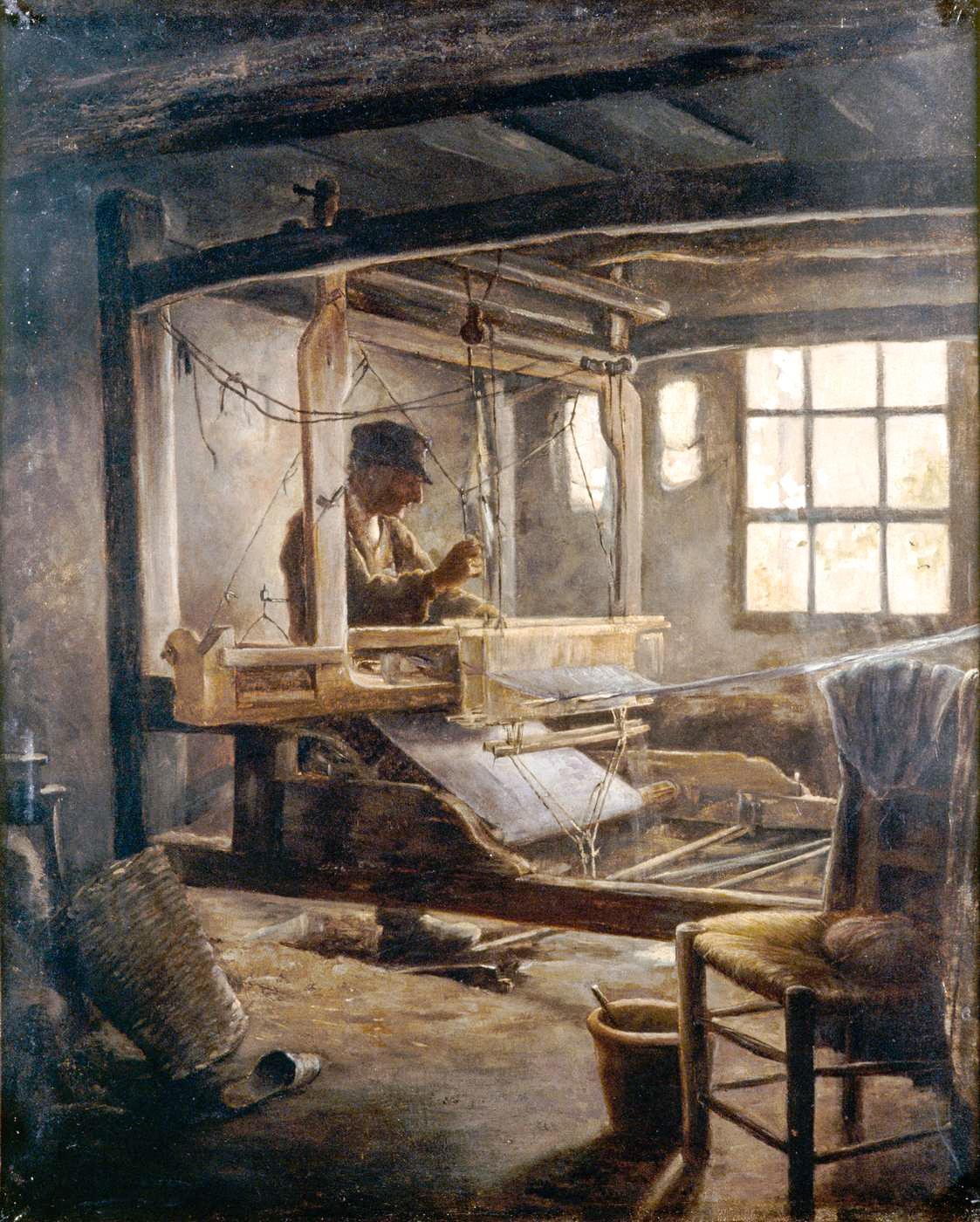
Weavers and other textile trades were threatened by the second-hand goods trade, which could combine all of their skills into one profession.
In the Middle Ages there were many textile professions: tailors, dyers, cloth makers… Used dealers collect qualifications this fabric artist. That's what makes them successful. A success that is annoying. Other textile companies believe that second-hand clothing is a problem unfair competition and demand more regulation. They want second-hand stores to only sell used clothing and definitely not make new ones.
In 1664 there were not enough tailors to meet demand. This gives second-hand dealers the right to produce new clothing. An approval is subject to several Conditions: They cannot make custom-made clothing and have to make do with inferior fabrics to keep the prices of their creations affordable.
New clothes of average quality, affordable prices and random sizes… Maybe we'll see that to the beginnings of prêt-à-porter as we know it today.
until the 19th century
Golden age
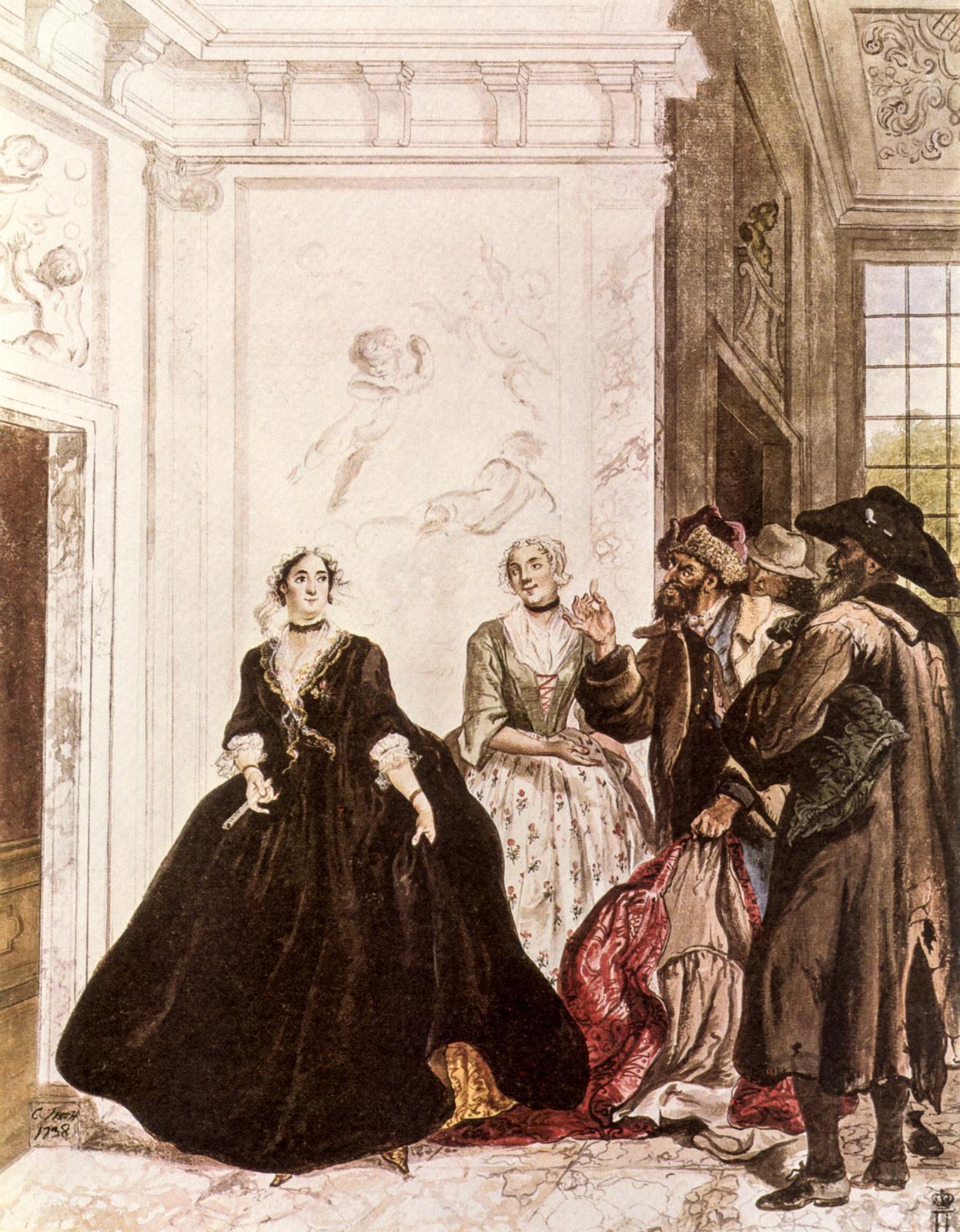
Seller of used clothing
Second-hand clothing was in its heyday until the Industrial Revolution Hours of glory. It is part of every person's daily life.
The wear and tear on the garment is then Social class symbol. The economist Gérard Bertolini calls this one “Cascade decommissioning process”. The richest buy new, current fashion and tailor-made clothing from tailors. Then the lower middle class collects these clothes second hand, buying them at auctions or hunting for them in markets. The clothing passes from hand to hand, from class to class, until it reaches those most in need through charitable donations.
When clothing is no longer wearable, it is thrown onto the street with the rest of the trash and collected by local authorities. Rag picker. The latter ultimately sell these pieces of fabric to second-hand dealers who use them to make new clothing. A model Circular economy.
1880
The Industrial Revolution and the Rise of Ready-To-Wear
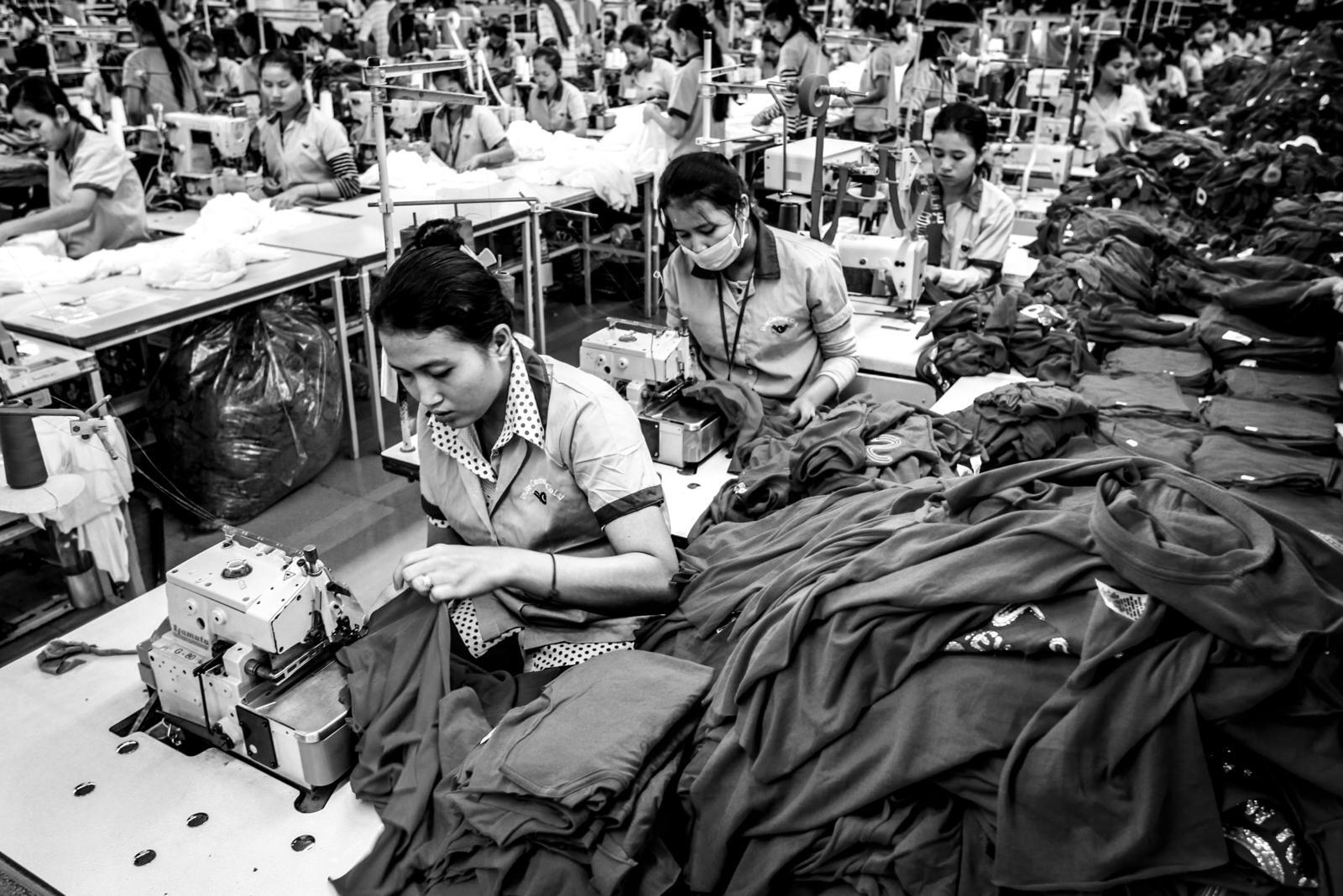
Textile factories have made it possible to significantly reduce the cost of producing a garment.
First strike for thrift stores: industrialization. It allows new clothing to be manufactured at affordable prices affordable for the middle classwhich turn away from the second hand.
This becomes the prerogative of the poorest. Thanks to cheaper clothing, it is the only way for poor people to dress themselves.
Read more 2022
The business, which weighs 1.5 billion euros in Belgium
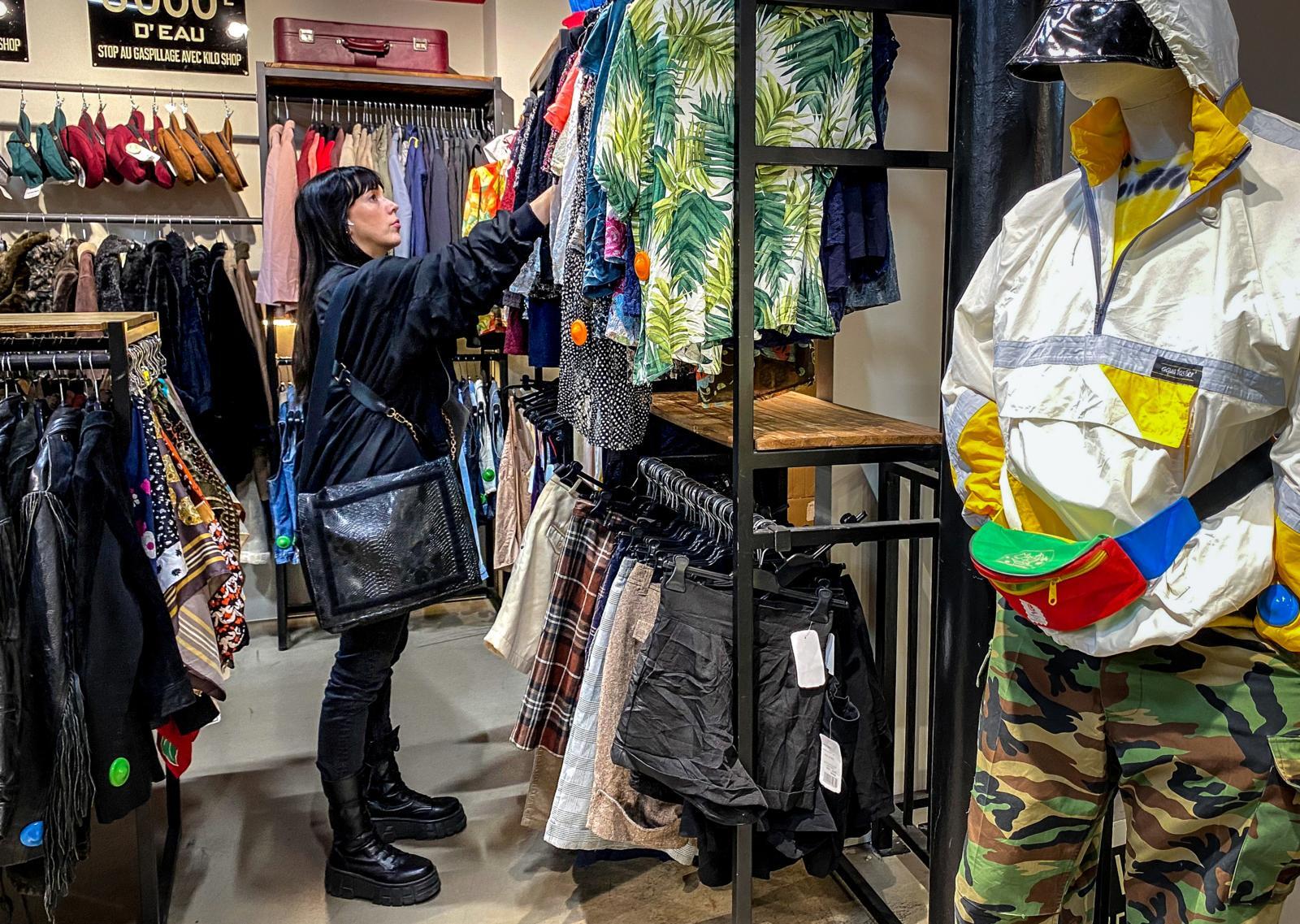
There are more than 300 second-hand shops in Wallonia and Brussels alone
Nowadays the demand for second-hand fashion is not decreasing. The thrift store was able to offer an answer to the very current question: “How do you consume organically?”. Every second Belgian has already bought used goods, and the trend is rising. In 2022, the trade association published a study showing that the market in Belgium is worth 1.5 billion euros, of which 419 million euros comes from clothing alone.
Read more
